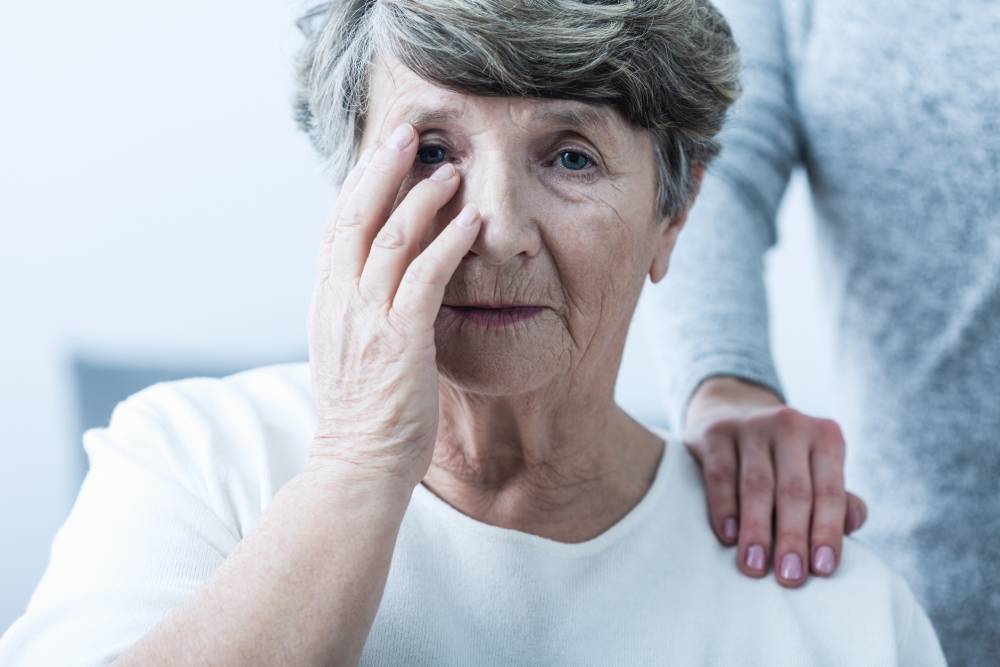
People living with dementia are suffering from frequent and even chronic pain without relief or treatment, and being offered inappropriate medications, according to a new study from the UK. It’s a troubling finding given that people living with dementia can experience difficulties in expressing ailments and communicating when they require assistance.
Thankfully, there are ways to detect and assess pain in people living with dementia, even when verbal communication is difficult or not possible. An easy-to-follow framework gives carers the tools they need to recognise pain in people living with dementia, and to avoid misdiagnosis and inappropriate treatment.
Why it’s hard to detect pain
People living with dementia can find it difficult to communicate their pain for a variety of reasons. Especially in the more advanced stages of the disease, many people living with dementia have difficulties conversing and verbalising what they’re experiencing.
Another issue is that the ways that people living with dementia may show signs of experiencing pain are too often mistaken as simply symptoms of their dementia. The emergence of behavioural issues can be taken as the disease progressing, or even just a ‘bad day’, instead of being viewed as an indicator of pain.
Even if a person living with dementia is able to communicate that they are experiencing pain, they may find it difficult to report it in detail. Information such as the location and severity of pain will impact the treatment used, so developing a thorough understanding of the pain being experienced is crucial.
Why detecting and treating pain is so important
The problem is bigger than has previously been thought. A recent UK study found that at least 50% of people living with dementia in aged care homes regularly experience pain. A further 80% suffer from pain that isn’t persistent. With dementia affecting so many people living in aged care, it’s a serious issue that needs to be addressed.
Unfortunately, because indicators of pain are often missed or mistaken for something else, pain in people living with dementia often goes untreated. It’s more common for people living with dementia to be given antipsychotic medications to assist with management of behavioural symptoms. But if these symptoms are a person’s way of showing that they are in pain, then this medication is entirely inappropriate for them.
In fact, the UK study found that of the 180,000 antipsychotic prescriptions given to people living with dementia, a staggering 80% of them, or 140,000 individuals, were inappropriate.
All these types of medications come with side-effects. Additionally, pain that goes untreated can cause further problems, like increasing a person’s likelihood of suffering a fall, and interfering with their mobility and activities. Constant pain profoundly impacts a person’s quality of life, and can even worsen cognitive decline and the onset of dementia.
Some clues you can look for
Thankfully, there are more ways to detect pain than simply asking a patient, and new technology is being developed to help carers assess pain in people living with dementia. It’s important that any changes in behaviour in a person living with dementia are not too quickly dismissed as symptoms of their disease, and the possibility of pain is taken into account.
PANACEA, or Pain Advocacy Nurse in Aged Care for Education and Assessment, have developed a ‘PAIN prompt’ guide to assist carers of people living with dementia to identify potential pain. These four prompts are:
When someone is in pain, their mood may be drastically different. Depression and withdrawal are common in people living with dementia who are suffering from undiagnosed pain. A person may seem tense, angry, and be resistant to care. They may not want to get out of bed, eat, or engage in activities.
Even if a person living with dementia is no longer communicating, or not communicating reliably, carers can still use verbal cues to identify pain. A person may repeatedly call out for assistance. They may sigh, groan and make other noises of discomfit. Or, they could become quieter than usual.
Carers should carefully inspect facial expressions for signs of pain. People living with dementia who are suffering from pain are likely to frown, grimace, and appear sad or frightened. If they change their expressions when a part of the body is moved or touched, this is a good indicator of pain in that area.
Finally, body language is a good clue to watch for when detecting and assessing pain. Guarding or bracing the body, and rubbing or holding certain areas, can be signs of pain. A person experiencing pain is likely to become less active or change the way they move. Some people will also have a ‘tell’ or a particular movement they make when they are in pain. This doesn’t always relate to the cause of the pain; for example, it may be shaking their head or pulling on their ear.
Technology is also exploring new ways to assess pain in people living with dementia. In August, AI-powered pain assessment company PainChek launched its new facial analysis technology, which enables carers to identify and manage pain in people living with dementia.
My husband’s GP recently told me that elevated respiration rate (around 40 breaths/min) indicates unrecognised pain.